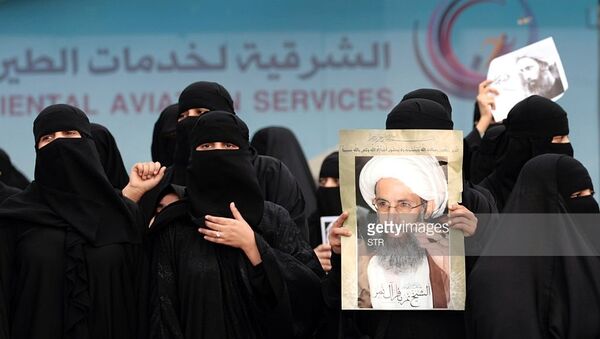How did the second conflict exploded so much during last events, and what does it mean for future image of the Middle East?
Background
A surprisingly arrived event of Arab Spring has just come to its most intense extent. Once thought as just another pro-democratic uprising against typical dictatorships, separate from long-lasting turmoils of the Middle East, in unique event of Syrian War it comes with them as a compound. The kernel of Middle Eastern turmoils that have been ongoing since, say, the end of WW2, was in Israel, where domestic Arabs confronted settlement of Jews in their land. That conflict overshadowed an intrinsic historic one inside the Muslim community, between Sunnis and Shias, i.e. countries where each of them rule. How did the second conflict exploded so much during last events, and what does it mean for the image of the Middle East and its future?
Precisely, it happened due to one turnover: a change in role of externalized conflict. Firstly it must be pointed out how well-known peace talks led to mere internalization of Canaan conflict by the end of last century. Remembering how many Arab countries, from Egypt to Jordan and Syria were battling Israel, it came as a surprise when Sunni Muslim political community found a compromise with Israelis. In the 21st century it was only the Lebanon war of 2006 a major conflict that included more than one UN-recognized state, and it excluded Sunni forces. However at some points internalized conflict got more intense than it was previously but this evaluation is out of my current theme.
On the other hand, after Islamic Revolution in Iran some conditions were made for old inter-Islamic conflict to reemerge. Authentic Shia theocracy had just been reestablished. Then it clearly put itself in a role of counterweight to various Sunni monarchies around there on Arabian peninsula. As most of Arab countries, no matter of their concrete provenance, waged war against Israel at that time, not so many people were aware of potential circumstances coming around.
And if someone was able to look even deeper, she would have found even potential roots for some future conflict. I am talking of Shia minority ruling Syria since early 70s, namely Alawites. It was very apparent that new Iran will eventually find its ally exactly at that place, where an actual contrast undermined by some political agitation would lead to bloodshed between very obvious opposing sides.
Nevertheless, many people point out something I will intentionally call direct motives. Those are abundant, from drought disasters to unbearable authoritarianism. Also, they are valid, but are due to fail when we try to give better picture of whole context of events, and ultimately the emerging Proxy war of the Middle East.
What do I mean by Proxy war of the Middle East? I mean of certain situation incomparable by complexity to any other historic one. We have Middle Eastern countries that are powerful enough to indirectly participate in certain conflict. That’s exactly what has been happening in Syria since the war intensified few years ago. Sunni coalition led by Saudi Arabia and rich Gulf states has been supporting opposition against Alawite Assad regime that has itself been supported by Iran.
Why Is Sunni Coalition To Blame For Recent Conflict?
After Iraqi occupation the risk of having more radical militants recruited in guerilla got higher. It was only the matter of how the fire would be inflamed. And it happen when Sunni coalition countries, to denote them that way, started supporting the uprising against Assad regime. It gave rise to certain militant groups that would subsequently progress to a level of powerful Islamist forces. We have one of them today, and it’s called ISIS, as everybody knows.
What casts a long term threat to the Middle East here is involvement of Sunni coalition countries. We all know that al-Qaeda was financed by United States during Soviet rule in Afghanistan. Even though their activities remained internalized inside the Afghan borders for a long time, we witnessed how much al-Qaeda expanded later. What to do then when we have the conflict initially externalized by the activity of such groups and their sponsors?
Under pressure Saudi Arabia banned financial support for ISIS. It’s fine, but in many ways too late. Not have they just supported the uprising against certain regime, but also very have they supported dangerous people. In addition, what is even more threatening here is the act of having another externalized conflict, supported by proxies. By giving money to opposition groups in Syria, they caused Syrian leadership to ask its allies for help. This leads to the involvement of all regional countries, which is a very clear example of regional conflict which has externalization as its main property.
Supplemented by the same kind of externalization in Yemen, that all together hints long term conflict without high odds for political solution. After Canaan conflict, for the first time we are inclined to say that unusually long conflict is on the horizon, and it is primarily so due to its externalization nearly from the beginning.
Conclusion will seem something like this: any current peace strategy must include conflict internalization as much as possible.



